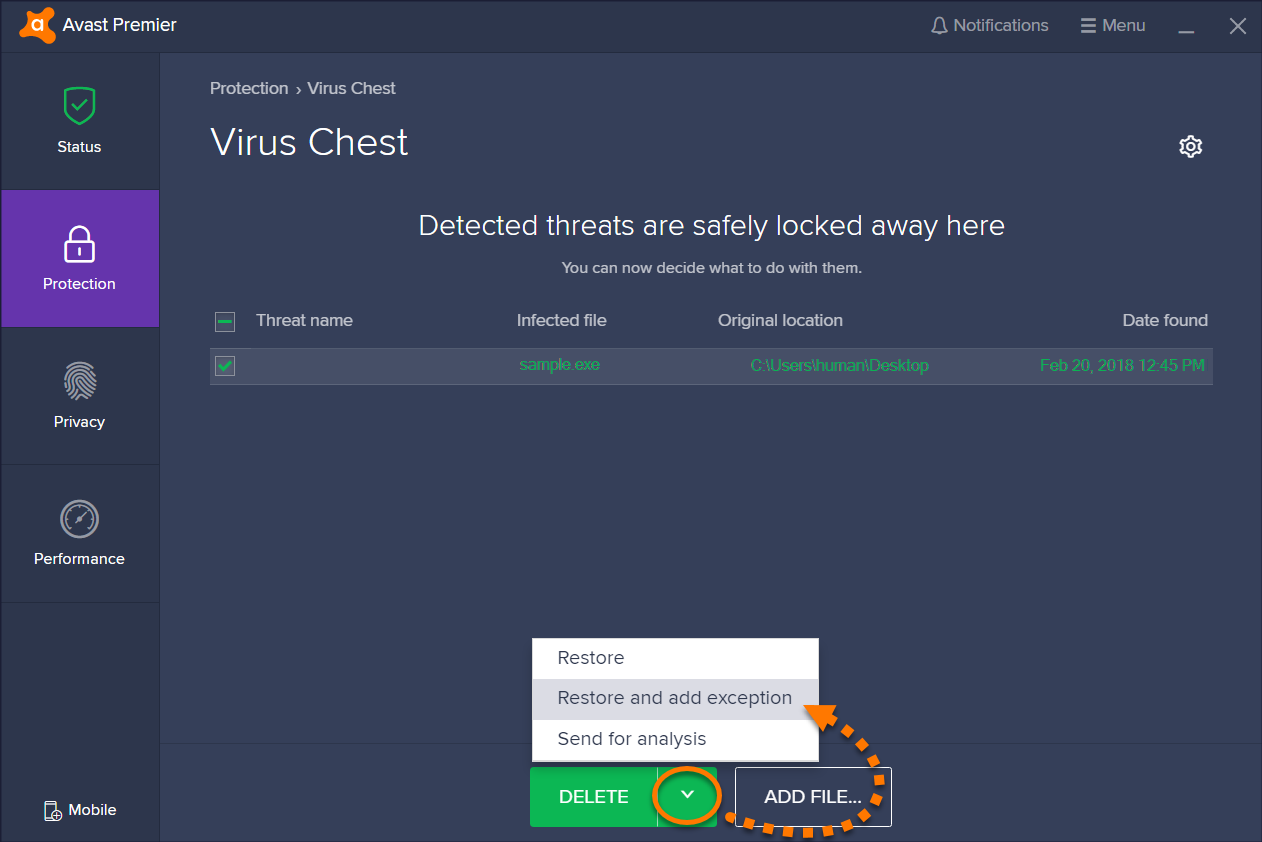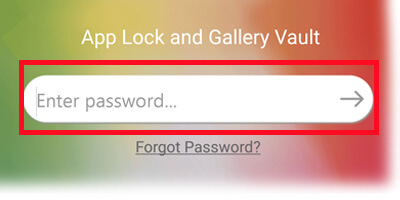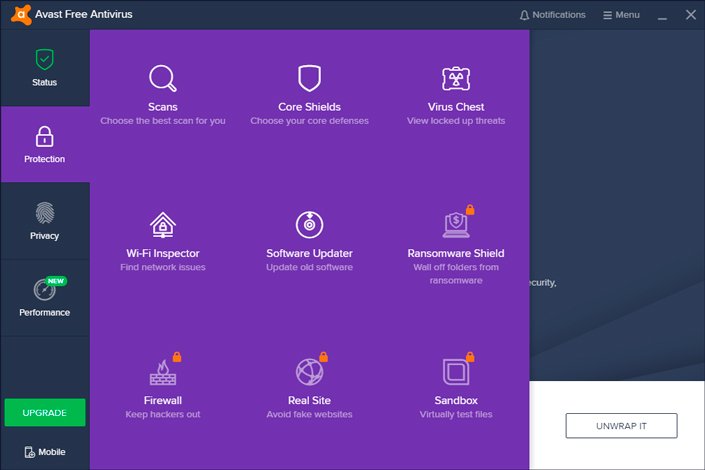


s UNC_path specifies the path to the required folder, volume, or file server. Any value greater than 0 denotes the timeout, in seconds, for each file recall. If FileDownloadTimeOut is set to 0, FSAUtility restores files asynchronously. To restore files synchronously and to set a timeout for file restores, create a DWORD entry called FileDownloadTimeOut under the following registry key on the Enterprise Vault server: HKEY_LOCAL_MACHINE With a synchronous restore you can set a timeout for file restores, and see the progress of each file restore operation. You can choose instead to restore files synchronously if you want. To make sure that any file recalls do not exceed the recall limits, create an Enterprise Vault Backup Operators group in Active Directory, and include in that group the account that is to perform the restore.īy default, FSAUtility restores the files in asynchronous mode. Make sure that the file you want to recover is safe from malware.You can use FSAUtility with the -t parameter to restore some or all of the archived files to their original location or a new location. Note: Restoring files from the Virus Chest involves a certain amount of risk. If your deleted files are there, Avast allows you to restore them to their original location on your computer. So, when you found your files are deleted by Avast, you can go to the Avast Virus Chest to have a check.

In most cases, if a predefined Avast Antivirus scan detects a suspicious file or an active Avast Antivirus shield detects a suspicious file, the files will be moved to the Virus Chest, an isolated place where you can safely store potentially dangerous files. Restore Avast Quarantined Files from the Virus Chest Recover Avast Deleted Files with Professional File Recovery Software You can restore deleted files by Avast from the Virus Chest, or recover lost files with file recovery software that works even the files have been permanently removed without any backup. There are several workable ways to recover Avast deleted files, regardless of the circumstances in which they were deleted. That’s why many people looking for a way to retrieve files deleted by Avast. It blocks most of the external intrusion however, it sometimes quarantines or deletes “dangerous” files by accident. Avast Antivirus is one of the most popular antivirus programs that is committed to protecting the computer from attacks by malicious software, Trojan, or terrible viruses.


 0 kommentar(er)
0 kommentar(er)
